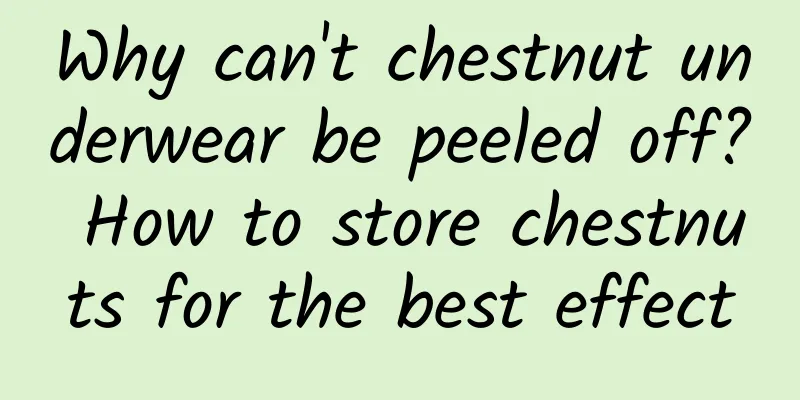Is ovarian teratoma likely to recur?

|
Ovarian teratoma is a tumor that is prone to recurrence, and its incidence rate has been relatively high in recent years. It is a common disease among female infertility. Women of childbearing age are very susceptible to the harm of this disease. As long as the ovaries still exist, recurrence is possible after simply removing the teratoma. Therefore, follow-up and inspection work should be done regularly, and prevention should be strengthened. Ovarian teratoma is a common and frequently occurring disease in female infertility. Its incidence has been very high in recent years, accounting for about 50% of female infertility. Moreover, this disease is not limited by age, and women of childbearing age are likely to develop ovarian teratoma. Ovarian teratoma, also known as ovarian dermoid cyst in medicine, is an ovarian germ cell tumor. Like other ovarian tumors, the cause of the disease is unclear because most of them occur before the oocyte matures and divides, and it is estimated that it may be caused by the failure of the first mature division. Because the center of ovarian teratoma is often biased to one side and located higher, it is easy to twist. If not treated in time, the mass will easily soften and the tension will increase, causing the cyst to rupture and the contents to flow into the abdominal cavity, causing severe peritonitis, and then leading to infection and toxic shock. If irreversible shock is caused, the consequences will be disastrous and may be life-threatening. Ovarian teratoma needs to be surgically removed as soon as possible, but there is still a possibility of recurrence after surgery. Ovarian teratoma recurrence generally includes the following situations: ①The first operation did not remove the cyst completely, and some cyst wall tissue was retained. ② There are other tissues of different germ layers in the ovary, which may be regrown tumors. As long as the ovaries are still present, simply removing the teratoma may cause a recurrence. This type of surgery causes great damage to the ovaries. Since you have already undergone surgery once, conservative treatment with traditional Chinese medicine is recommended. If there are no hard tissues such as teeth and bones in the teratoma, it can be gradually softened, shrunk, or even disappeared through traditional Chinese medicine treatment. Experts remind you that you need to have a BUS examination every six months to one year after surgery. |
<<: Is the laparoscopic procedure for ovarian teratoma painful?
>>: Does ovarian teratoma surgery affect fertility?
Recommend
What causes abdominal pain during pregnancy?
During pregnancy, a woman's body will undergo...
Introduction to lower abdominal pain in pregnant women
Pregnant women should take lower abdominal pain s...
What are the recommended attractions in Sanya? What should I pay attention to when traveling to Sanya?
Sanya is named after the Sanya River (formerly kn...
Why does my face swell during early pregnancy?
According to statistics from relevant departments...
What is the cause of bleeding during sexual intercourse after abortion?
Abortion is very harmful to the body. It may make...
Why does a woman not have leucorrhea?
For women, secretions are a very important physio...
Lower abdomen and anal pain during ovulation
Some couples who are preparing for pregnancy will...
What are the ways for women to lose weight in the abdomen
Women always like to lose weight, and always feel...
What is the reason for feeling cold during menstruation?
As a woman in Changshu, I always have a date with...
Nipple changes during early pregnancy
Many people who have been pregnant know that brea...
Anesthesiologists remind you: During every holiday season, beware of "holiday disease" - foreign bodies in the esophagus
During every festive season, it is inevitable to ...
What is the disease of a woman's tongue numbness?
What is the reason for numbness of the tongue? So...
Is the ovulation period fixed?
For fertile female friends, menstruation and ovul...
There is a hard lump in the vagina
Women's genitals need careful care. You must ...
Will hcg levels increase during menstruation?
High hcg mainly represents many types. First of a...









